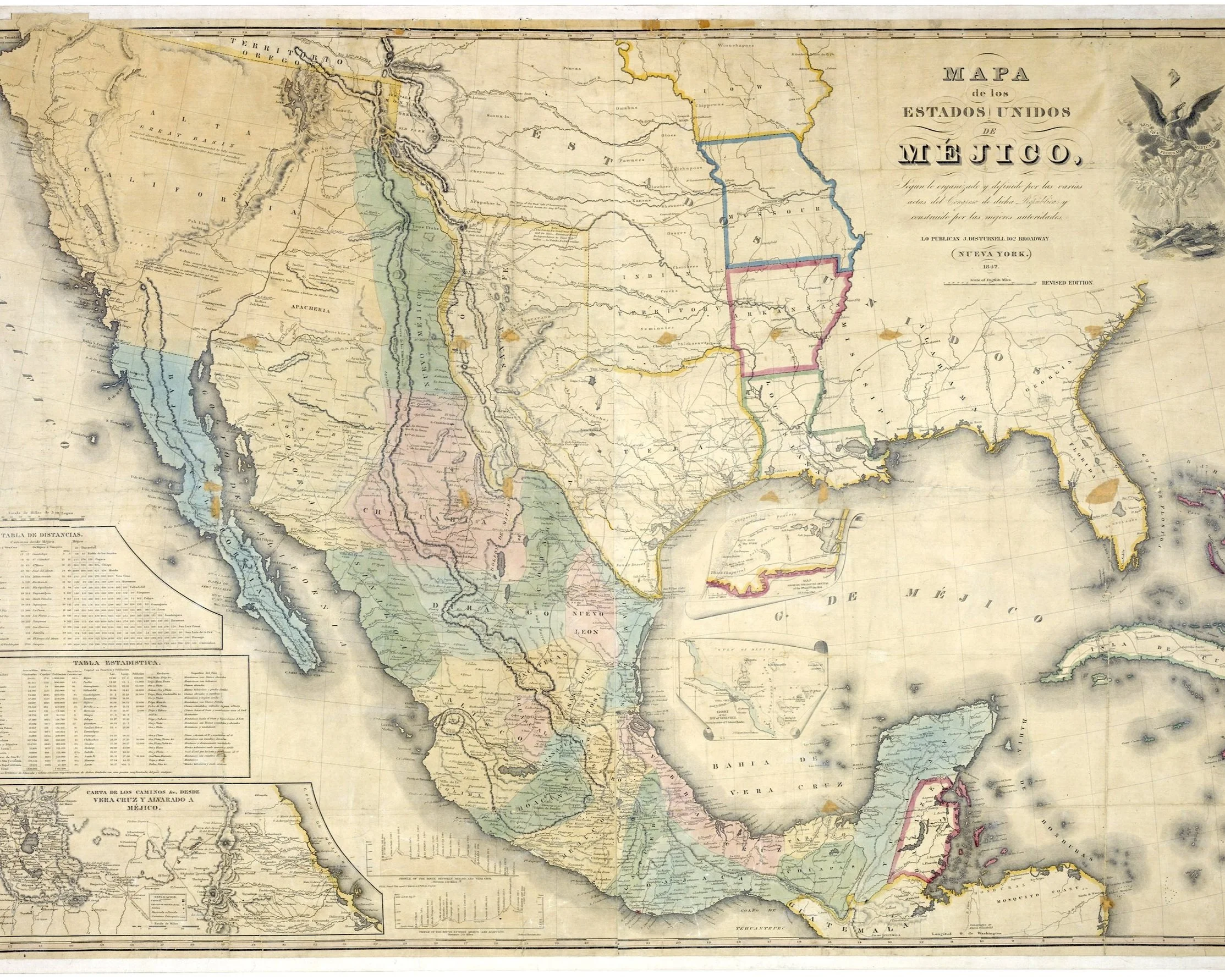
Tenochtitlan
Black History Month
African-Mexican History
-
Black History Month takes place during February in several countries; It is not officially recognized in Mexico, but the African influence in Mexican-American History is incredibly important, considered as “the third root” of national and racial heritage, after Native and European roots.
-
African-Mexican History has been neglected over the years and there isn’t much documentation on it; however Afro-Mexicans are individuals descended from both free and enslaved Africans who arrived to Mexico during the colonial era, as well as descendants of enslaved Africans who escaped to Mexico from the Deep South during Slavery years.
-
There is one documented case in where Africans were brought to Mexico by Spanish conquerors and were auxiliaries in the conquest. One is shown in Codex Azcatitlan as part of the entourage of conqueror Hernán Cortés. Notable among them was Juan Garrido.
Juan Garrido
Garrido was born in West Africa in about 1480, and came to Portugal as a youth. When baptized, he took the name Juan Garrido (Handsome John). He went to Seville, where he joined an expedition to the New World. By 1519 Garrido participated in the expedition led by Hernán Cortés to Mexico, where they lay siege to Tenochtitlan. In 1520 he built a chapel to commemorate the many Spanish killed in battle that year by the Aztecs. Garrido married and settled in Mexico City, where he and his wife had three children. He was credited as the first harvesting of wheat planted in the New Spain.
Conflict with Mexico over the expansion of slavery
The expansion of Anglo-American settlement in Texas with their black slaves became a point of contention between the U.S. and Mexico. The recent Independent Mexican government saw a solution to the problem of Indian attacks in the north by inviting immigration by U.S. Americans. Rather than settling in the territory contested by northern Indian groups, the Anglo-Americans and their black slaves established farming in eastern Texas, contiguous to U.S. territory in Louisiana. Mexican President Anastasio Bustamante, concerned that the U.S. would annex Texas, sought to limit Anglo-American immigration in 1830 and mandated no new slaves in the territory. Texas rebelled against the central Mexican government of Antonio López de Santa Anna, gaining its de facto independence in 1836. The Texas Revolution meant the continuation of black slavery and when Texas was annexed to the U.S. in 1845, it entered the Union as a slave state. Mexico became a destination for some Black slaves fleeing enslavement in the U.S. They were free once they crossed into Mexican territory.


